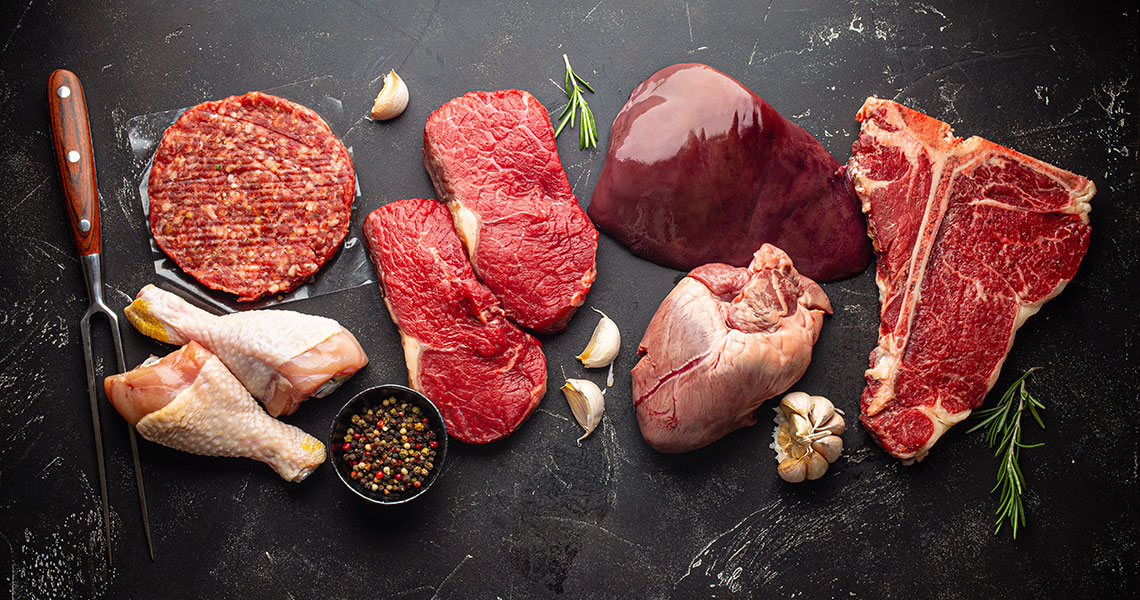The Role of Heat Exchangers in Meat Processing

Meat and poultry processing operations frequently produce a range of different by-products and leftover materials, many of which are turned into meat, blood and bone meals used as commodity products or as components in animal feed. However, there is a growing awareness of the fact that much of this material is a rich source of high-value edible protein, with numerous potential products and uses.
In recent years we have seen increasing demand for a range of solutions to help process bone, skimmings’ blood and blood plasma, fats and oils, gelatine, mechanically deboned meat (MDM) and edible protein components. These solutions range from individual heat exchanger components through pre-engineered to complete processing solutions. The common driver for these installations is to produce products with better quality, at lower cost and with less waste and lower energy consumption.
Materials such as meat slurry, MDM, minced meat and viscera. have a high fouling potential (which limits heat transfer), but also need delicate handling to preserve their integrity.
A PRACTICAL EXAMPLE
In one installation, the HRS RHD Series, which uses a rotary scraping action, was used to help keep poultry trimmings and elements such as chicken necks, beaks and feet below a specified temperature of 4°C. The thick, viscous nature of the material means that a phenomenon known as ‘slugging’ can occur, where a channel of warmer product travels down the centre while the product at the tube wall does not move.
As the cooling medium was below -5°C, this created the risk that the product at the tube wall will freeze, while the material in the centre is not cooled sufficiently. Because the RHD Series ensures thorough mixing in the heat exchanger, this phenomenon does not occur.
To ensure efficient and reliable operation with these difficult products, HRS adapted the internal scraper configuration to achieve the high performance necessary, while implementing a heavy-duty gearbox to withstand the higher torques required to keep the product moving. A glycol cooling system reduced the temperature of the product from 23°C to just 3.5°C in a continuous pass, with a total retention time around four minutes. An autonomous control system ensured that any finished product which had not reached the required temperature was diverted back to the start of the process for further cooling.
AN ALTERNATIVE APPROACH
For other situations, a reciprocating scraped surface heat exchanger, such as the HRS Unicus Series, may be more suitable. The Unicus series is ideal for a wide range of difficult meat products and meat waste streams. Unicus heat exchangers are available with a wide range of scraper types, providing even more choice for applications from cooling to sterilizing and everything in between.
The HRS Unicus series has proved particularly useful in handling viscous food products where texture and consistency are important attributes. For example, some meat mixtures may shear or break apart when subjected to too much pressure and speed, making them unusable. The Unicus means that effective heat transfer can be carried out at low pressure overcoming such problems. Some of the practical uses of the Unicus Series include cooling chicken viscera and pet food ingredients, cooling MDM and heating or cooling blood.
As well as heat exchangers, HRS produces range of other products for handling very viscous materials, such as the BPSC Series of piston pumps which uses a gravity-fed hopper, together with a screw conveyor, to feed product into the inlet of the pump: an ideal partner for feeding the Unicus when installed together.